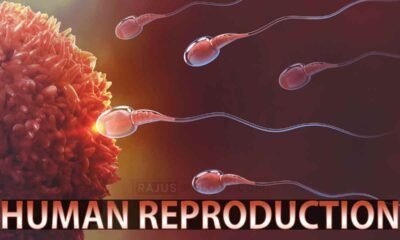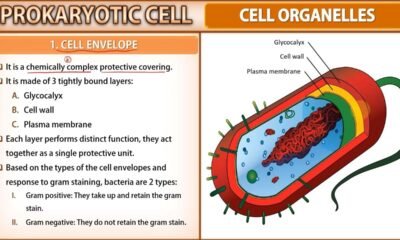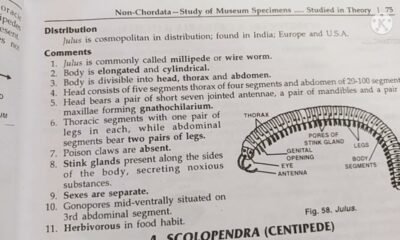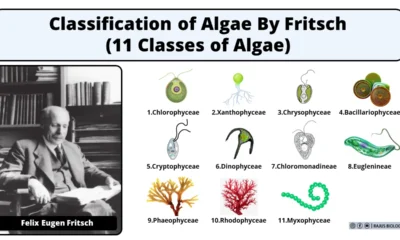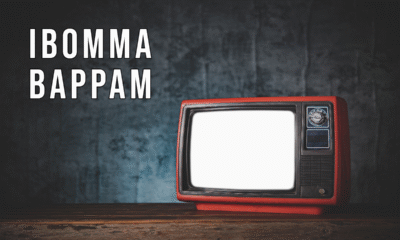Blog
Blood Clotting: Mechanisms and Stages | Free Biology Notes
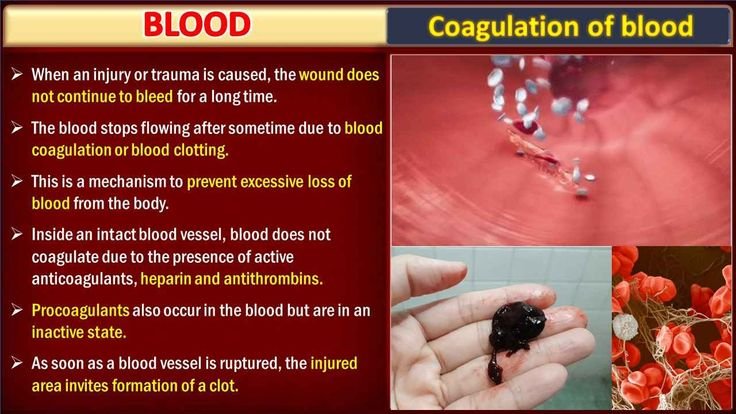
In this article we will discuss about the blood clotting and their Mechanism
- When an injury or trauma is caused, the wound does not continue to bleed for a long time.
- The blood stops flowing after sometime due to blood coagulation or blood clotting.
- This is a mechanism to prevent excessive loss of blood from the body.
- Inside an intact blood vessel, blood does not coagulate due to the presence of active anticoagulants, heparin and antithrombins.
- Procoagulants also occur in the blood but are in an inactive state.
- As soon as a blood vessel is ruptured, the injured area invites formation of a clot.
Mechanism of blood clotting
- Enzyme cascade theory proposed by Macfarlane & Co-workers.
- According to this theory there are 3 steps in blood clotting.
1. Releasing of thromboplastin
- Injured tissue and platelets synthesize thromboplastin
- These thromboplastin react with plasma proteins in the presence of Ca++ ions to form Prothrombinase enzymes.
- This enzyme inactivate heparin. (Anti-heparin)
2. Conversion of prothrombin into thrombin
- Prothrombinase enzyme convert inactive prothrombin into active thrombin in the presence of ca++ ion.
3. Conversion of fibrinogen into fibrin
- Thrombin acts as enzyme and convert fibrinogen (a soluble plasma protein) into long insoluble fibre like polymers called fibrin.
- Network of fibrin on cut or wound in which blood corpuscles got trapped. This form clotting of blood.
- After clotting a pale yellow liquid oozes from clot called serum.

 Blog6 months ago
Blog6 months ago[PPT] Human Reproduction Class 12 Notes

 Blog6 months ago
Blog6 months agoCell The Unit of Life Complete Notes | Class 11 & NEET Free Notes
- Blog6 months ago
Contribution of Indian Phycologists (4 Famous Algologist)
- Blog6 months ago
PG TRB Botany Study Material PDF Free Download

 Blog6 months ago
Blog6 months ago[PPT] The living world Class 11 Notes

 Blog6 months ago
Blog6 months agoJulus General Characteristics | Free Biology Notes

 Blog6 months ago
Blog6 months agoClassification of Algae By Fritsch (11 Classes of Algae)

 Entertainment6 months ago
Entertainment6 months agoIbomma Bappam: Redefines Telugu Streaming Trend





